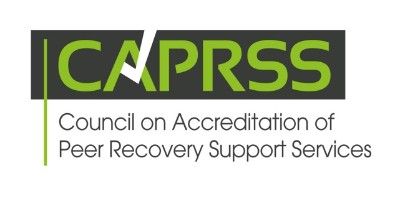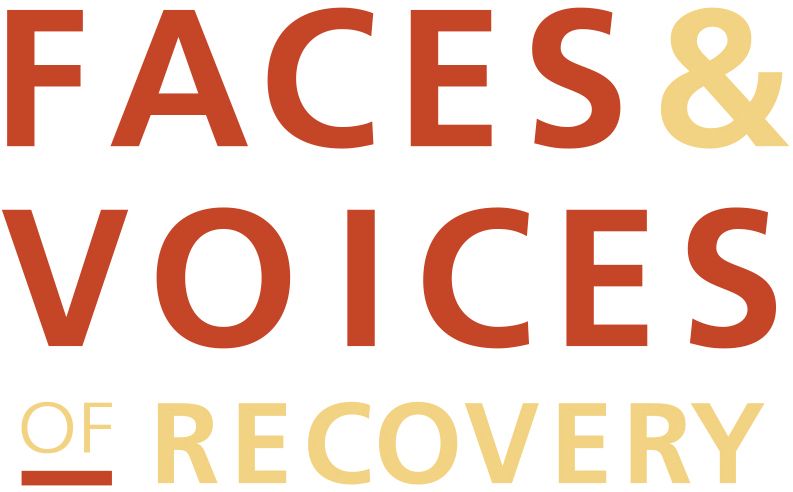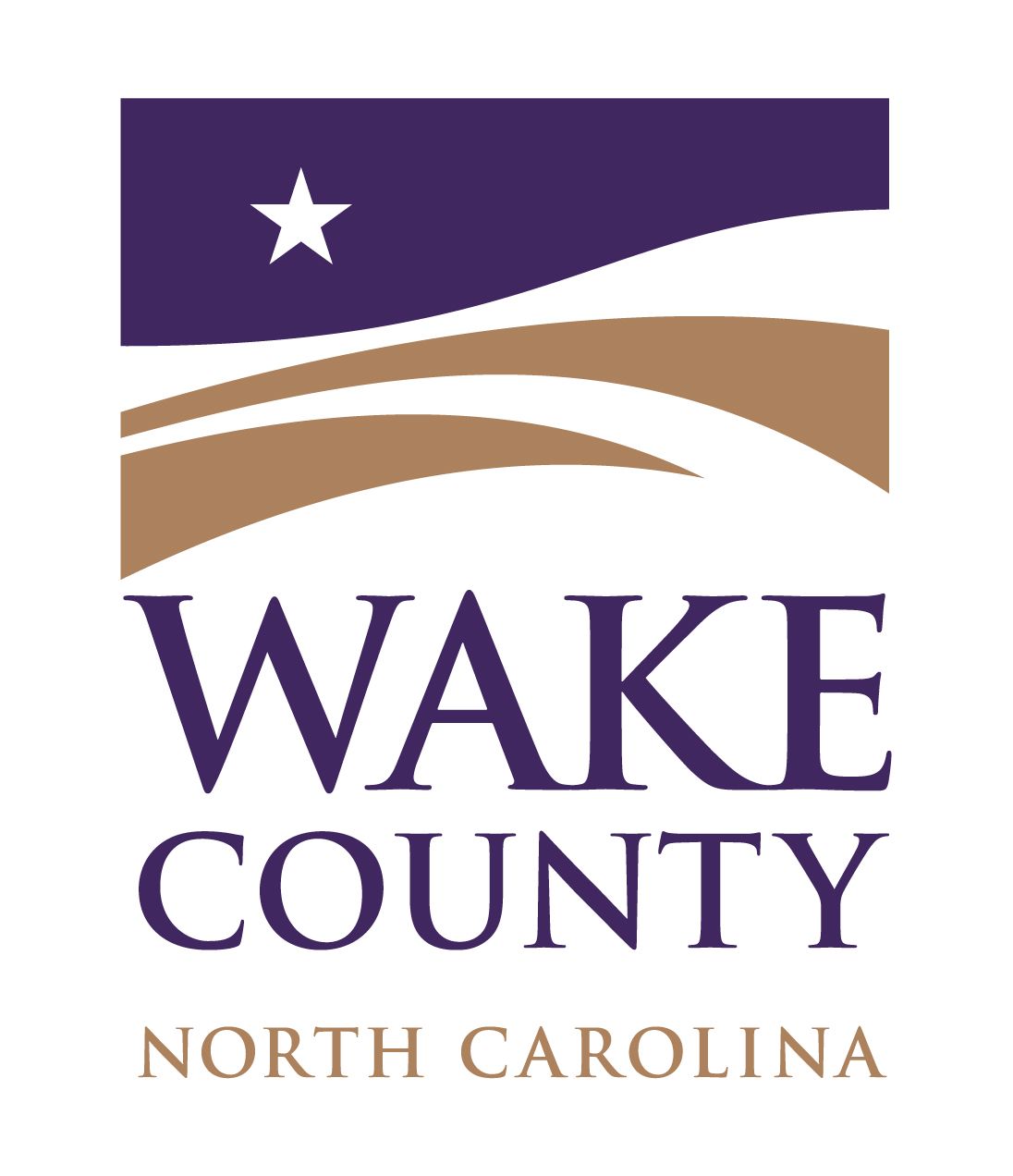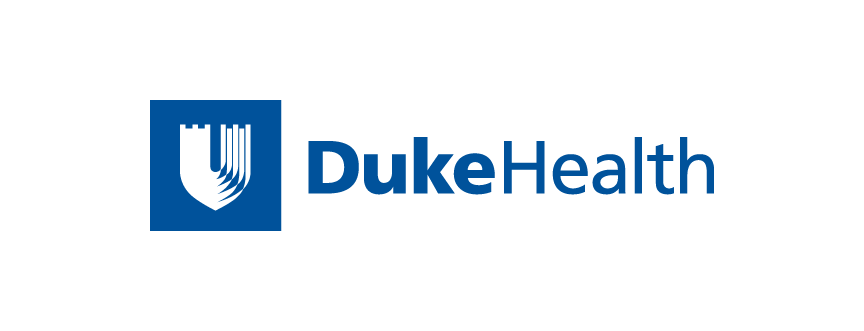Did You Know? North Carolina Deaths and Overdose:
On average, nearly four people die daily from opioid overdoses in North Carolina.
- North Carolina unintentional opioid poisoning deaths has risen from fewer than 200 in 1999 to 1,384 in 2016. Sixty percent of those deaths in 2016 involved fentanyl or heroin.
- North Carolina has seen a 234 percent increase in unintentional poisoning deaths since 1999, making it the state’s leading cause of death.
- 901 people died from unintentional poisoning deaths in Western North Carolina from 1999-2016 with most drug poisoning from the abuse of prescription and illegal substance.
- 2,277 people were admitted to a hospital in North Carolina in 2016 for heroin overdose, up from 1,371 in 2015 and 1,131 in 2014.
Opioid Epidemic Costs
- Health care costs in North Carolina for opioid-related expenses reached $582.5 million in 2015.
- North Carolina spent $561.4 million on child welfare services in 2014. Opioid Prescriptions
- 323.4 million Opioid pills were dispensed in all 16 Western North Carolina counties from 2011-2016.
- During the same time statewide, the number reached 3.3 billion. Naloxone Administrations
- Number of North Carolina EMS Naloxone administration 13,069 in 2016.
- Number of North Carolina community Naloxone reversals 3,616 in 2016.
Did you know that, in response to the opioid crisis, Walgreens recently announced that they are stocking the overdose-reversing drug Narcan in all 8,000 of its pharmacies, and CVS Health is also offering it in many locations. Dr. Nancy Irwin states “Saving lives must be the first step. And then, hopefully, people who are choosing to use will understand they’re not being criminalized for it, that people are trying to help them, and that hopefully they will take the next step and get formal treatment.”
A 2017 Elon University poll found about one in three people in North Carolina say they have been personally impacted by the opioid addiction crisis or they have someone close to them who has been. When questioned about the amount of attention the use of opioids, including prescription drugs as well as street drugs such as heroin, is receiving, 45% said it’s receiving too little attention, 39% said it’s receiving the right amount of attention, and 11% said too much. In addition, when asked which is the greater problem- prescription drugs used improperly or the use of street drugs like heroin, approximately 60% pointed to the abuse of prescription medications compared to illegal opioids, the poll found. Further among respondents, close to half said their communities do not have the resources they need to respond to the opioid crisis.
JAMA (2017) reported national data showing 70% of benzodiazepine overdoses included the use of opioids. 30% of opioid overdoses included the use of benzodiazepines.









